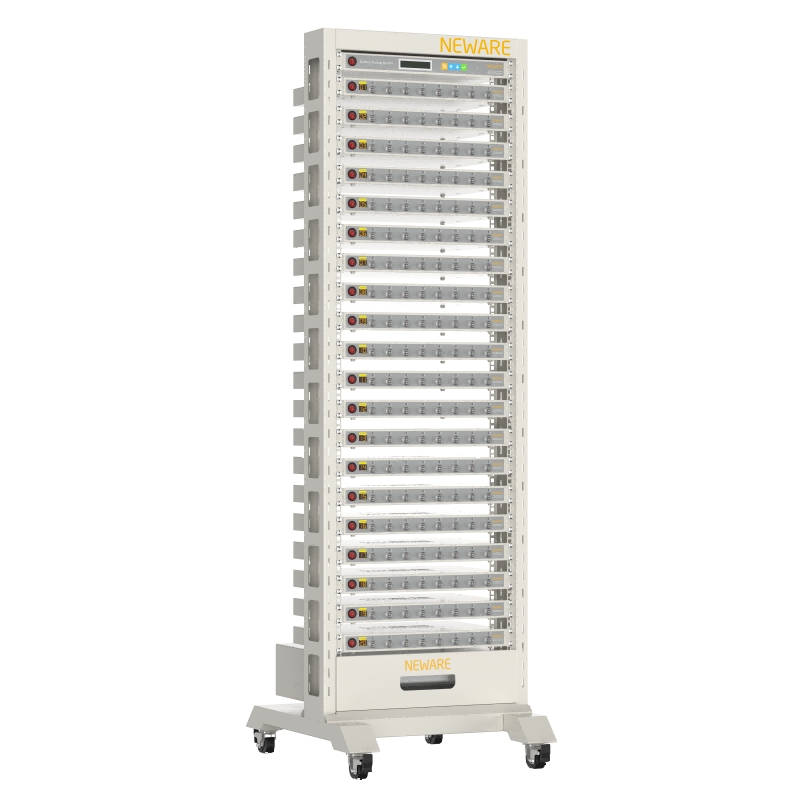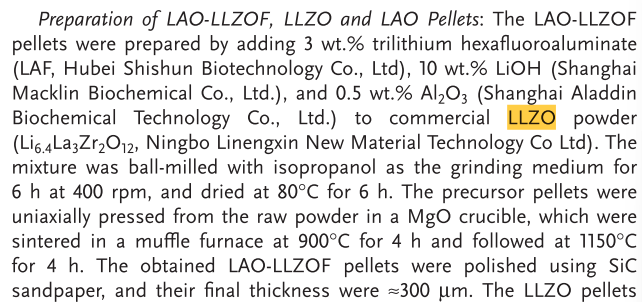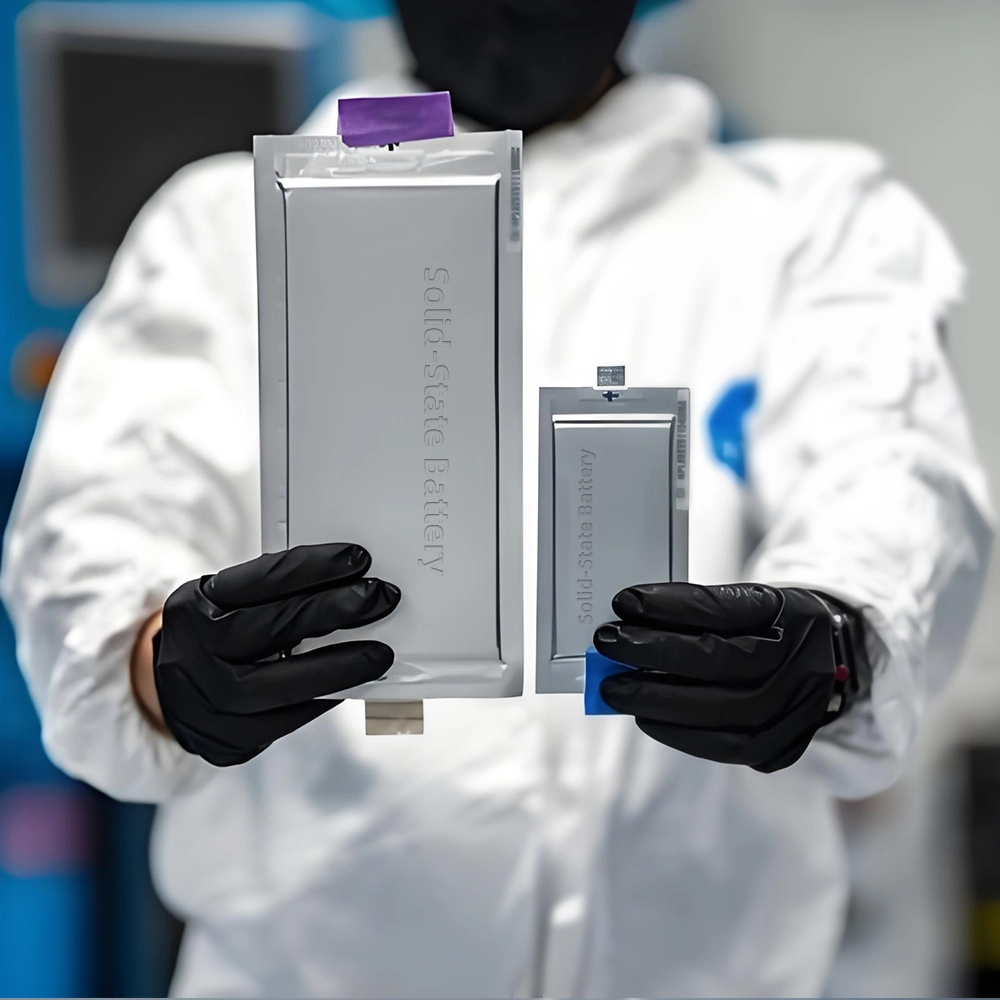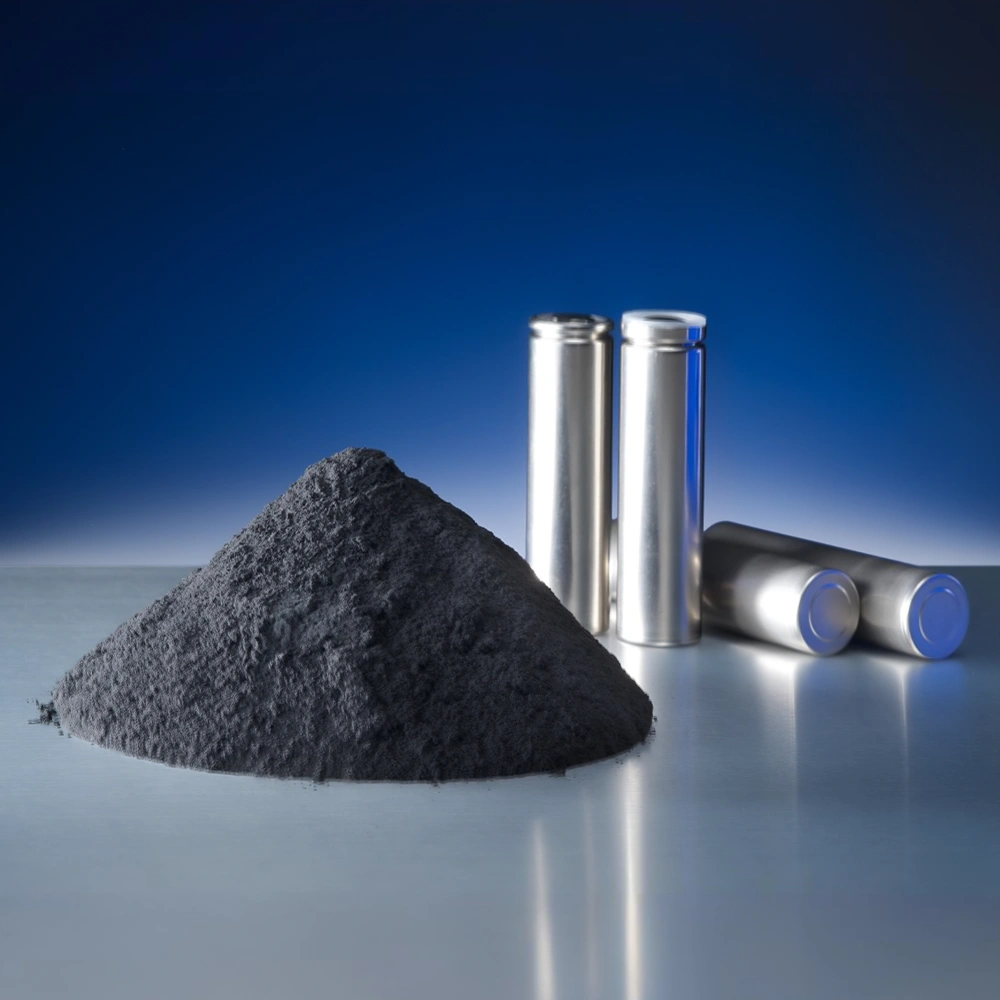NEWARE, as a leading manufacturer of battery testing equipment, our battery tester has always been an excellent test equipment for researchers. The following is a paper presentation of the results obtained by our products to help researchers carry out scientific research.
Title: Inhibiting Formation and Reduction of Li₂CO₃ to LiC_(x) at Grain Boundaries in Garnet Electrolytes to Prevent Li Penetration
First Author: Biao Jie (Tsinghua University Shenzhen International Graduate School)

Li₇La₃Zr₂O₁₂ (LLZO)-based lithium metal solid-state batteries are considered one of the most promising electrolytes due to their advantages such as a wide electrochemical window and high energy density. However, this electrolyte still faces challenges such as low critical current density and severe dendrite growth, which hinder its further practical applications.
In this regard, a research team led by Yanbing He from Tsinghua University Shenzhen International Graduate School has unveiled the fundamental cause of lithium penetration at grain boundaries in LLZO electrolytes for the first time. During the cycling process, Li₂CO₃ material at the grain boundaries is reduced to highly electronically conductive LiC_(x), leading to lithium penetration. To effectively address this issue, the team introduced a sintering additive, Li₃AlF₆, for the first time. By the simple and scalable introduction of the additive, the team successfully synergistically regulated the ion and electron conduction behavior at the grain boundaries in LLZO. Using the modified electrolyte, a solid-state LiFePO₄/LAO-LLZOF/Li battery exhibited stable cycling for 5500 cycles at 3C. This work was published in the top-tier international journal Advanced Materials, with Biao Jie as the first author.
Notably, figure 5 in the article demonstrates the electrochemical performance of a series of batteries, including Li/LLZO/Li, Li/LAO-LLZOF/Li, and LFP/LAO-LLZOF/Li. All the electrochemical performances were tested using the comprehensive and highly accurate battery testing system from NEWARE (CT-4008T-5V10mA-164), making it the optimal choice for battery testing.


In addition, we also noticed that this work involves the synthesis and preparation of materials, which requires the purchase of a large amount of raw materials. However, purchasing from multiple companies and channels often brings issues such as complex reimbursement processes. To address this problem, NEWARE has established an all-in-one procurement platform(neware-store). In this platform, researchers can not only choose to purchase the products they need (such as LLZO powder) but also complete cross-vendor purchases in one go, effectively avoiding lengthy procurement procedures and other related issues.


Biao, J., Han B., Cao Y., et al. Inhibiting Formation and Reduction of Li₂CO₃ to LiC_(x) at Grain Boundaries in Garnet Electrolytes to Prevent Li Penetration. Adv. Mater. 35, 2208951 (2023).




The lab focuses on solid-state battery research to overcome traditional lithium batteries' safety and energy density issues, supporting environmental sustainability. It develops innovative solid-state electrolytes, refines electrode materials, and investigates ion transfer and interface stability to revolutionize battery technology.

The electric vehicle battery industry is rapidly developing, focusing on technological innovation, market competition, and sustainability. Research hotspots include solid-state batteries, new types of electrolytes, BMS optimization, and recycling technologies. The environmental adaptability, safety, and economic viability of batteries are key research areas, and the industry is expected to undergo more innovation and transformation.

We specialize in battery preparation technology research, focusing on overcoming existing energy storage challenges by innovating in electrode materials, battery chemistry, and manufacturing processes to improve performance, enhance safety, and reduce costs. Sustainability and recycling technologies for batteries are also emphasized to mitigate environmental impacts and foster the growth of green energy.